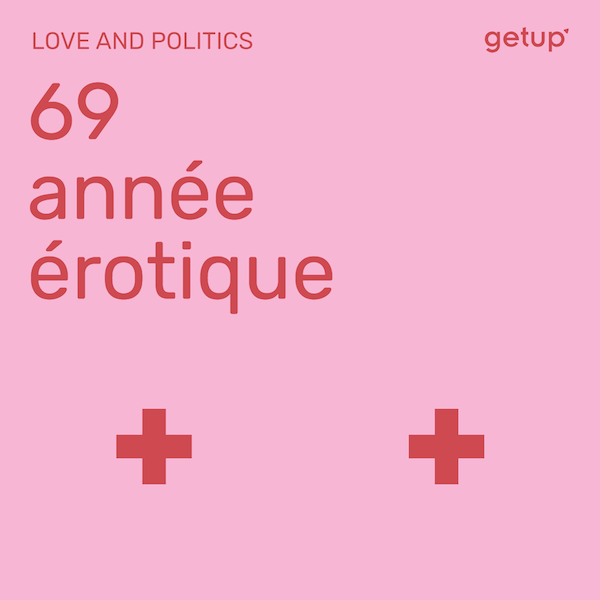When on April 26, 1977 business partners Steve Rubell and Ian Schreger opened Studio 54 on Manhattan 54th Street they were probably aware they would revolutionise New York mundane life, but surely the idea of impacting worldwide music trends didn’t cross their minds.
Around the same time Italy had now been for nearly a decade under the constant threat of left and right-wing extremist terrorism. The Anni di Piombo (Years of Lead) had catapulted Italy into a violent home cold war within the cold war. The desire of escapism, of leaving everything at one’s back was strong and the only way possible to forget the socio-political sorrows, even if for a few hours only, was on the dancefloor.
Funk and Disco became the perfect panacea to the social angst and financial recession that clamped Italy before the 1980s economic resurrection. These music genres found their ideal home in the numerous clubs – known as dancings – that bloomed in Italy mostly since the mid-late 1960s when beat music and the teenager market had paved the way for new exciting business opportunities. Several of these venues were built on the Italian East Coast (Rimini, Milano Marittima, Cattolica, etc.) which became a popular holiday destination for both Italians and neighbouring German and Swiss tourists between the 60s and the 70s. These structures had fascinating, futuristic traits that mixed brutalism with Italian industrial and pop art design.
When, by the dawn of the 70s, beat bands lost their appeal and the DJ figure acquired relevance within clubs, discotheques started blooming on the whole territory, from big cities to forgotten provincial villages. Discotheques often looked as cathedrals in the desert and dancing represented, along football, the only escape from an asphyxiating reality made of street shootings, bombs and kidnaps. The comparison with the desert isn’t too symbolic, after all, because a certain exoticism started spreading. Rimini discotheque Melody Mecca and Borgo San Dalmazzo pyramid-shaped club Flash Back are two architectonic examples, with La Bionda’s self-titled 1978 album artwork providing further musical and aesthetic evidence.
The case of La Bionda is emblematic of the whole Italo Disco production. As per usual, Italy always filtered foreign influences through a Mediterranean sensitivity, a consequence of its once strategic geographical position located between Central Europe, Northern Africa and the ancient Hellenic civilisations. If late 70s Italian funky-edged disco was strongly influenced by its American counterpart, it’s in the 1980s that a more authentic and original Italo sound is created.
What exactly should be intended as Italo Disco is to many still an open debate, because what is usually labelled as such actually verges towards drum machine-filled, proto-house music. The selection compiled for this playlist, on the contrary, stays faithful to the term ‘disco’, as it explores the explosion of dancefloor music in Italian pop. Some of the songs are obscure, lesser-known local productions, others are attempts of mainstream acts (Franco Califano, Patty Pravo, Ornella Vanoni, Adriano Celentano) of keeping up and having fun with the latest trends. Most of these songs were confined to B-sides, suggesting that their authors conceived them for DJing purposes, yet their pop status pressured them to go for a melodic pick on the A-side.
However, Italian disco was characterised by cheeky strings and powerful drums that made it uniquely cheesy, yet incredibly groovy to dance to. Lyrics could either be funny nonsense in the style of Pino D’Angiò and Califano’s croon or badly sung English with the attempt of sounding somehow international (Easy Going, La Bionda/DD Sound, Vivien Vee). To the eyes, and ears, of young Italians with limited knowledge of American disco, these artists sounded extremely exotic despite theirs was nothing more than a cheap way to craft homemade club music without the hassle of copyright and record import. White kids in disguise making black music and accidentally becoming hugely popular. Similarly, for instance, to what happened to Cerrone in France.
Behind most of these English-sung Italo tracks was Claudio Simonetti, notably famous for being a member of prog colossus Goblin (theirs are many Dario Argento films’ scores). Simonetti, from his East Coast studio in Emilia Romagna, in a handful of years between the late 70s and the early 80s was responsible for a trademark Italo Disco sound that bridged the ’77 funky-edged pop production with the future 80s proto-house Italo genre. Dozens of one-hit-wonder acts were put together to promote Simonetti’s tracks, mostly through his label Banana Records.
On Simonetti’s example, many independent local labels (like Turin Drums Edizioni Musicali) were set up to release discotheque-oriented singles that by the early-mid 80s were filling dancefloors, just in time before Italo drum machines travelled through Ibiza and landed in Chicago, where another dancefloor revolution was set to take place.






.jpg)

.jpg)